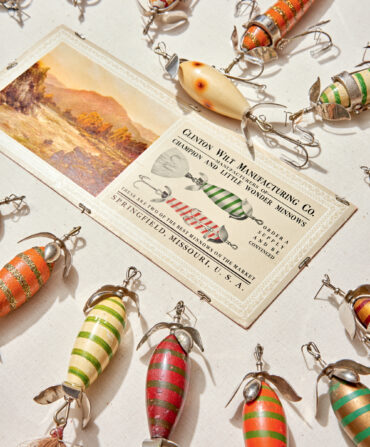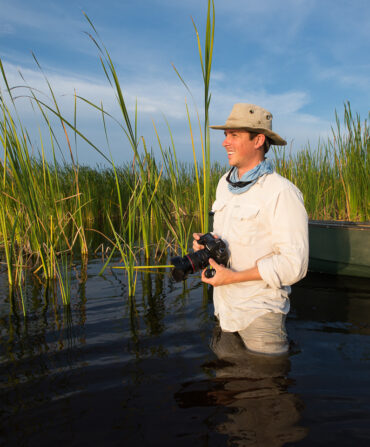This is the time of year when duck hunters’ imaginations turn to the North, as the first fall weather systems gather in Canada, and the age-old question looms: How many ducks will fly this year?
For the first time in a long time, no one really knows. Since 1955, the U.S. Fish & Wildlife Service and the Canadian Wildlife Service have flown extensive monitoring surveys across the richest waterfowl breeding areas in North America. In May the pilot biologists count duck pairs and prairie ponds (the preferred breeding habitat for most waterfowl). Data from the Waterfowl Breeding Population and Habitat Survey guides officials as they set duck hunting regulations and produce an annual migration forecast that hunters dissect for clues about the upcoming season. In sixty-six years, the surveys have been grounded in only two years—the last two years. Because of the COVID-19 pandemic and the closure of the U.S.-Canada border, the massive international monitoring effort didn’t happen.
It’s a terrible time to be grounded. Much of the famed Prairie Pothole region—the three-hundred-thousand-square-mile “duck factory” that spreads from Iowa to Alberta—is experiencing severe drought. It’s a region that feeds millions of ducks and geese into the three flyways that cross the South, particularly the Central and Mississippi Flyways, and without a solid sense of how the meager rainfall is affecting breeding waterfowl, it will be nearly impossible to accurately predict the fall flights.
“There will be a significant decrease in waterfowl production,” says Steve Adair, chief scientist for Ducks Unlimited. “We just don’t know what that will mean. [The state survey in] North Dakota is the only survey that took place, and ponds there are down eighty percent. That’s drastic. In the short term, adult ducks don’t die from drought. But they’re not going to produce ducklings.”
It’s a slightly less doleful situation in the Atlantic Flyway. Water sources in the northeastern United States and eastern Canada are more stable, so birds such as green-winged teal, ring-necked ducks, and black ducks that breed across the boreal forest look relatively stable. And mallard flights in much of the Southeast should be pretty normal, Adair says. It’s the ducks that tend to hop east from the prairies that might not show up in typical numbers—gadwalls, pintails, blue-winged teal, redheads, and canvasbacks among them.
Since waterfowl hunting seasons are set using data from previous years’ surveys, hunters won’t see any changes in hunting dates or limits for the upcoming season. But if the drought continues, the U.S. Fish & Wildlife Service could shift into what it calls a “restrictive” framework that could cut hunting days and bag limits next year. Since there’s no hard data about pond numbers or breeding ducks from this season, the agency will use formulas that estimate pond counts under current weather conditions and extrapolate the number of breeding ducks from past data.
But for this fall, for states such as Texas, Louisiana, Mississippi, and Arkansas, Adair figures there will be noticeably fewer younger birds in the air. Not only will that affect future migration numbers but it could change how birds react to hunting pressure this year. “Younger ducks decoy much better than adult birds,” he says, and with a population skewing older and wiser, “that will definitely impact the hunting experience.”
If there’s a silver lining to the cloud of drought, it’s found in the enduring cyclical ecology of prairie wetlands. Dry periods play a critical role in prairie pothole health. When those wetlands stay wet for an extended period of time—say, five to ten years—aquatic vegetation dies out, and with it the invertebrates that support baby ducks and geese. It takes periodic cycles of drying out, Adair explains, for nutrients to be recycled back into the soil, which supports a flush of new growth whenever the rains return to reset the cycle.
Until the rains fall, and the planes fly and the data is gathered, waterfowl hunters might shoulder a bit more of the responsibility for keeping duck and goose populations healthy. Double up on duck stamps this year to keep conservation funding strong. Double down on identifying drakes over the decoys to keep hens in the air. And remind yourself that duck hunting isn’t about getting a limit, but about being a part of a truly hemispheric natural phenomenon.
“Every waterfowl hunter that came before you had to go through this,” Adair says. Many duck hunters don’t remember when seasons were slashed to thirty days and daily limits to just three birds. “But hunters maintained their optimism that conservation works, and when the water returned, so did the ducks. Part of our heritage is persevering through drought.”








